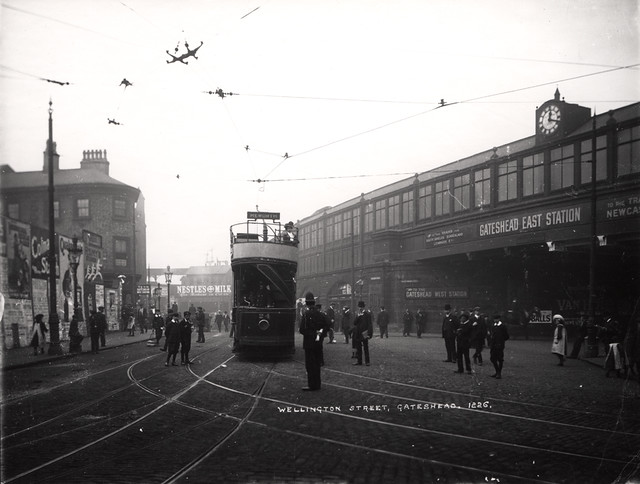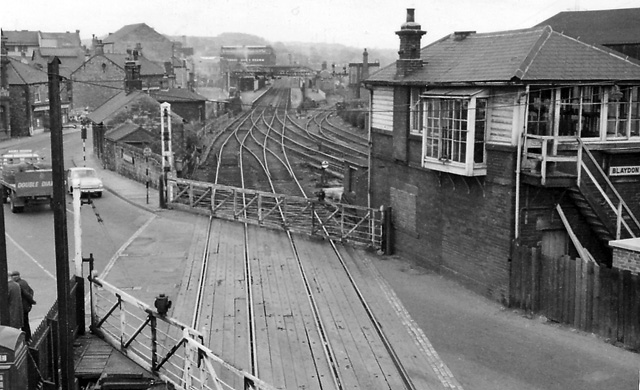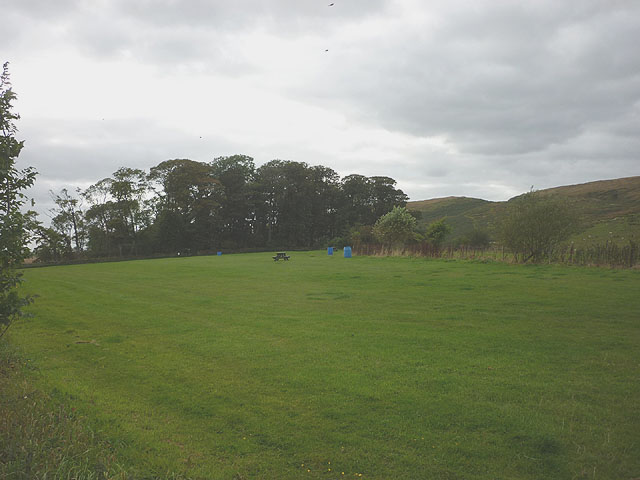Topics > Tyne and Wear > Gateshead > Blaydon > Blaydon, 1848
Blaydon, 1848
BLAYDON, a village, in the parish of Winlaton, union of Gateshead, E. division of Chester ward, N. division of the county of Durham, 4 miles (W.) from Newcastle-upon-Tyne; containing 1,114 inhabitants. This place is situated on the south of the Tyne; the soil is generally light, but produces good wheat, turnips, and potatoes, and the scenery is varied with hill and dale, wood and water. The river affords great facility for the conveyance of coal, of which immense quantities are sent in keels from the Townley-main, Blaydon-main, and Cowen's collieries, to the shipping at Shields. There is an extensive manufactory and depôt for lead; the lead is brought from the Allendale and Weardale mines, where it is smelted, to the works here, where it is manufactured, and shipped for the London market. At this place are also some white-lead and sulphuric-acid works, established in 1839; an iron manufactory for chains, nails, &c.; a cast-iron foundry for ovens, stoves, engines, and other articles; a coke and lamp-black factory; a steel and iron forge; and a fire-brick manufactory. A good road from Newcastle crosses the Tyne by an elegant suspension-bridge at Scotswood, and forms a junction with the Gateshead and Hexham turnpike here; the Newcastle and Carlisle railway, also, has a station at which the trains meet from Newcastle and Gateshead. A church, for which a site was given by Mr. Beaumont, was consecrated in August, 1845; it is called St. Cuthbert's. There are places of worship for Wesleyans, Primitive Methodists, and Methodists of the New Connexion.
Extract from: A Topographical Dictionary of England comprising the several counties, cities, boroughs, corporate and market towns, parishes, and townships..... 7th Edition, by Samuel Lewis, London, 1848.








